Status Closed Closed 25 April 1974 Opened 1936 | Security class Maximum Capacity 4,000 | |
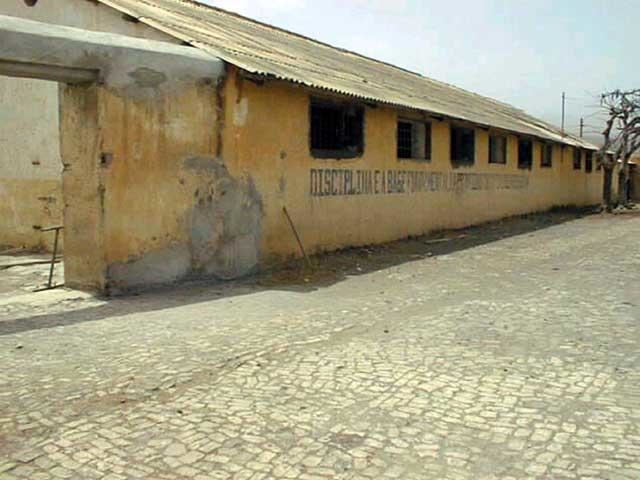 | ||
Location Chão Bom, Santiago, Cape Verde Former name Campo da Morte Lenta
(Camp of the Slow Death) Managed by Polícia Internacional e de Defesa do Estado Similar Fort of Peniche, Serra da Malagueta, Museu do Aljube, Fortress of São João Baptista, Torre do Tombo National | ||
Cabo verde santiago tarrafal sports session take 1 trailer
Tarrafal (also known as Campo da Morte Lenta in Portuguese ("Camp of the Slow Death")) was a prison camp in the Portuguese colony of Cape Verde. The penal colony was established by the Portuguese dictator António de Oliveira Salazar following the outbreak of the Spanish Civil War in 1936. It housed opponents to Portugal's right-wing authoritarian regime. Due to the harsh conditions, at least 32 political prisoners died in the camp.
Contents
- Cabo verde santiago tarrafal sports session take 1 trailer
- History
- First period
- Victims
- Second period
- Legacy
- References

History
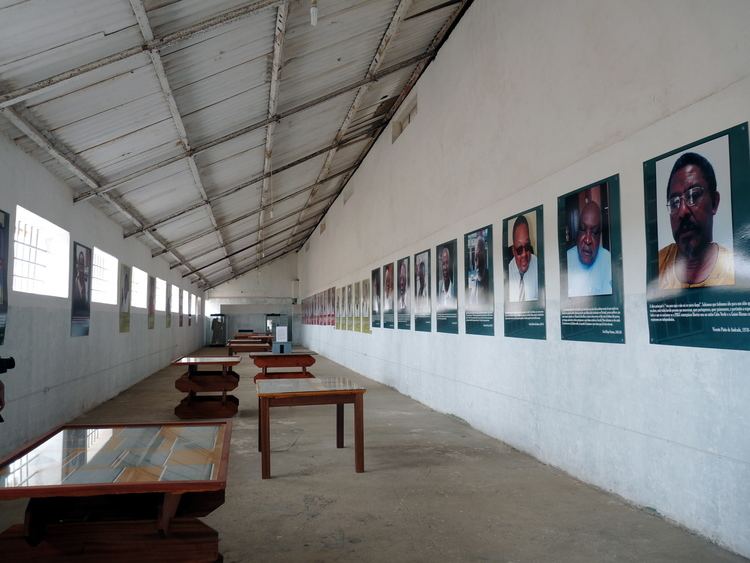
By 1932 Salazar had become Portugal's Prime Minister (primeiro-ministro). After consolidating his power, he declared the Estado Novo ("New State") in 1933. It was a government modelled on the Fascist State in Italy ruled by Benito Mussolini. Trade unions and political parties were banned (except for Salazar's own National Union). In response many left-wing organizations began campaigns against the right-wing regime. Arrests soon led to a rise in Portugal's prison population.
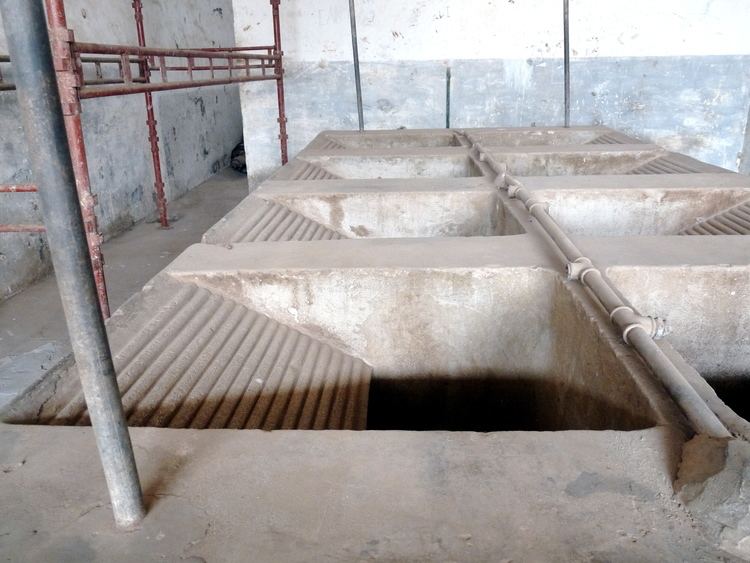
Against this back drop, the Estado Novo, under the guise of reorganization of the country's prisons, decided to build an overseas penal colony for exiling political opponents. Several locations throughout the Portuguese colonies were considered. Eventually Chão Bom (which means good earth and soil) was chosen on Santiago Island in the Cape Verde archipelago. The site was approved because it was best suited to "hygiene, surveillance, and natural resources"; all ideal properties that a prison colony should have according to Portuguese penal experts.
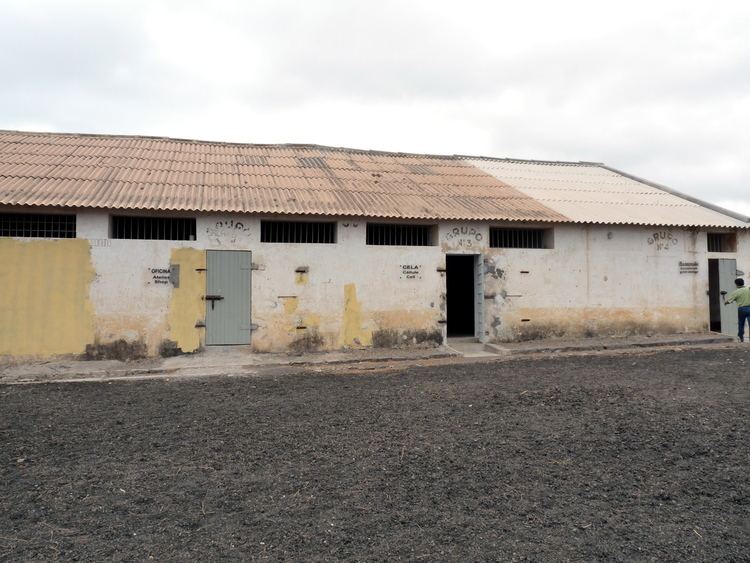
Ideologically Tarrafal was created for two purposes. First it would be used to remove and isolate political prisoners who disrupted mainland gaols through protests and sit ins. Second the camp would have harsh conditions in order to send a clear message to the opposition in Portugal that Salazar's regime would not tolerate any kind of political dissent. These objectives were clearly defined in the opening paragraphs of Decree-Law No. 26539 (Decreto-Lei n.º 26 539), the law that was enacted to build Tarrafal. It stated that the camp - which would be under the control of the PIDE (Portugal's Secret Police) - was only for the exiling of political and social prisoners who had disrupted other prisons and were considered a "harmful element" to other inmates.
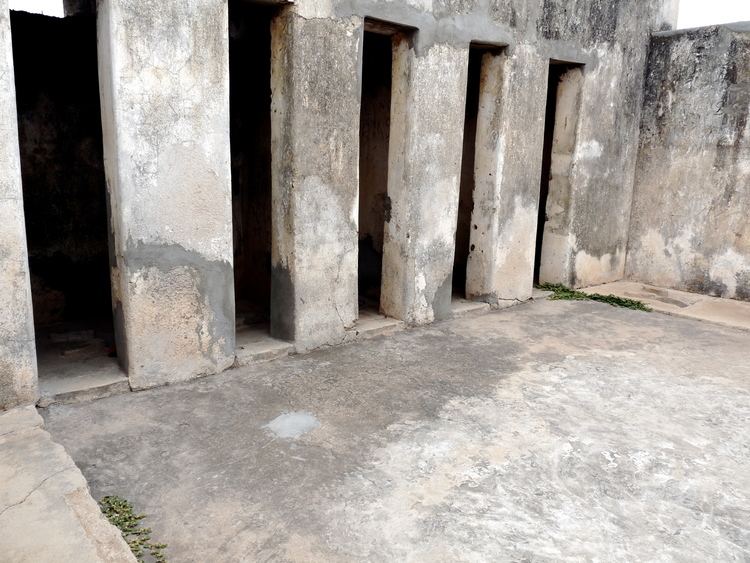
However the law was eventually extended to include anyone who committed a crime for political purposes, was on remand for political crimes, or had been arrested for a political crime.
First period
On 18 October 1936 the first ship set sail from Lisbon carrying 152 political prisoners. While en route the basic camp was completed on 29 October 1936. Among the first group of inmates were trade unionists and anarchists who had taken over Marinha Grande on 18 January, 1934 in protest against the Estado Novo regime. The bloodless coup was put down harshly by the right-wing government. António Guerra, who led the occupation of the Marinha Grande Post Office was sentenced to 20 years in exile; he died in Tarrafal in 1948. Other prisoners included sailors from two Portuguese naval vessels, the Afonso de Albuquerque and the Dão, that mutinied on 8 September 1936.
In the first two years of the camp, prisoners slept in canvas tents that lacked electricity and ventilation. Old fuel cans were used to bring in brackish water from a source about 2km from the camp. Due to the heavy and prolonged rainy season in Cape Verde, the tents rotted forcing prisoners to sleep in makeshift shelters. Malaria was also prevalent.
By 1940 the camp had been rebuilt in brick. The enlarged site, which could accommodate up to 4,000 inmates, had cells blocks built around a parade quadrangle, a health center, a reading room, PIDE guard towers and barracks, and administrative facilities. The camp would also operate a small railway in order to transport supplies and fuel.
The PIDE modelled its camp regime on the Nazi concentration camps. Prisoners were subjected to brutal authority. Strict regulations were enforced and outside information was forbidden. The PIDE used physical and psychological violence against the prisoners, this included sleep deprivation, beatings and humiliation. Men and women were tortured for information on their organizations and networks in Portugal. The most severe punishment was conducted in a concrete cell called the frigideira (English: "frying pan"). Inside this windowless 6m x3m building, daytime temperatures could reach up to 60° Celsius. Prisoners could be held inside these blocks for days, weeks or months.
The camp was closed in 1954 due to national and international pressure.
Victims
A total of 32 political prisoners died in Tarrafal; their remains were not returned to Portugal until after the Carnation Revolution (25 de Abril in Portuguese) in 1974:
Second period
The site was reopened in 1961 on the orders of Adriano Moreira, the Minister of the Overseas Provinces. It would now be used as a forced labor camp for African leaders and militants that were fighting Portuguese colonialism. Prisoners came from Cape Verde, Angola, and Guinea-Bissau. The frigideira was replaced with hollandinha. Despite the conditions, prisoners tried to help each other and improve their education and knowledge. They gave classes to one another and trained themselves as translators and clerks.
The prison was closed for the second, and final, time following the Carnation Revolution on 25 April 1974 which ended Portugal's 50-year-old Fascist regime. The next evening at about 11.30pm, a lieutenant arrived from Lisbon with orders to release all political prisoners.
The Portuguese government handed the site over to Cape Verde after it achieved independence in 1975.
Legacy
Since its closure as a prison, the site has been used as a military base, a refugee camp, a storage facility and a school. However these roles have changed and altered the features of the historic site. Buildings have been left badly damaged, many have missing roofs, windows and doors.
Tarrafal is now a museum. The Museu da Resistência displays photos, plaques, and artefacts. It is part of a project to preserve and record the history of the camp. The long-term aim of the project is to become a World Heritage site.
In 2006, the World Monument Fund named Tarrafal one of its 100 watched monuments.
In 2009 an international symposium on the former Tarrafal concentration camp took place in Praia, Cape Verde, on the 35th anniversary of the camp’s closing. The symposium was attended by former political prisoners and specialists from the countries of Cape Verde, Angola, Guinea Bissau and Portugal.
